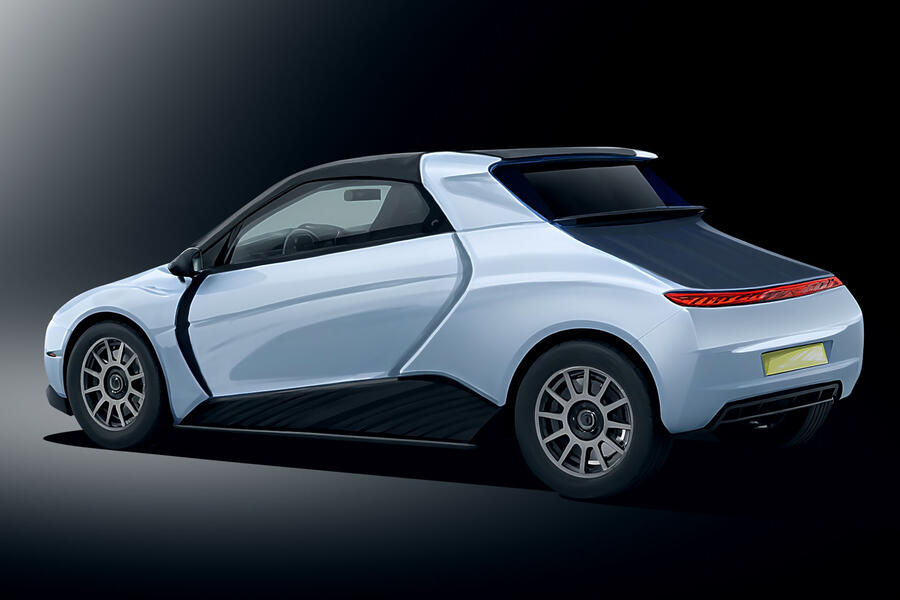Warwickshire-based car maker Mika has announced detailed plans for its sub-£15,000 electric microcar.
The EV, announced on 20 November, will go toe to toe with the Citroën Ami but is said to offer better performance, greater handling and far more crash safety, as well as an additional seat.
Created by Robin Hall, whose acclaimed Mika Meon buggy is Britain’s lightest electric car, the EV is officially classed as an L7 quadricycle and has a top speed of 56mph.
Its basic structure is an enveloping frame formed from pultrusions, the composite equivalent of the load-bearing aluminium extrusions first used in the original Lotus Elise and since adopted by other weight-conscious manufacturers including Aston Martin.
Even lighter than aluminium, these pultrusions form an extremely rigid survival cell for occupants in the Mika quad, adding crushable crash sections front and rear.
Hall claims it has similar safety standards to a modern supermini.
“Safety is our secret weapon,†he said. “Anyone can see the sense in offering a vehicle that’s simpler and lighter than other small cars, but making it more dangerous as a consequence isn’t acceptable.â€
The Mika quad’s loadbearing frame supports composite outer panels and carries three people (two up front and one between them but slightly behind).
All sit above a floorpan-mounted 16kWh battery that can be upgraded to 32kWh.

Range is 80 miles or 160 miles with the extra cells.
Power comes from two very small 48V electric motors embedded in the quad’s live rear axle. Together, they produce 20bhp continuously and a peak of 40bhp.
Without batteries, the new quad, which is around 3.4m long, weighs 450kg at the kerb. Each battery pack adds 100kg.
Hall wants to have a credible prototype running during 2025, depending on fi nance. He said the project needs a manufacturing partner to meet his perceived annual UK demand of “several thousandâ€.
The project has had a £40,000 grant from the semi-governmental Niche Vehicle Network, which will help complete a feasibility study, plus a detailed data pack and bill of materials by March.
“I’m very ambitious about this project,†said Hall. “I think it’s a car the world needs.â€


